Born 1981, Long Beach, California, USA
Lives and works in Chicago, Illinois, USA
Practicing a holistic approach to art making, Maggie Puckett combines the disciplines of papermaker, printmaker, bookbinder, graphic designer, plant midwife, seed saver, and urban gardener. Read More .....................................................................................
maggie.puckett@gmail.com
Instagram: @maggiepuck
.....................................................................................
.....................................................................................
|
    
  
|
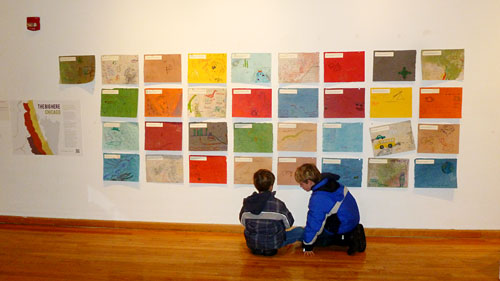
|
The Big Here: Chicago
2014
Artist’s book (various types of handmade paper, colored pencil, pva, inkjet on industrial paper, book cloth), drum binding with hand-cut cover
11 x 7.5 x 2 inches (closed)
Know where you are.
With greater ecological awareness comes the possibility of sustainable relationships between human and nonhuman life.
We each live within one of many interconnected biomes. Understanding the Earth as a number of interrelated systems is important to the ecological revolution needed to sustain human and nonhuman life on this planet in an equitable and democratic way. How much do you know about your biome?
Prompt
Visitors to MCA Studio: The Big Here and Social Paper were offered the following prompt: Answer the questions to the best of your ability, without outside help, by drawing and writing on the provided sheets of handmade paper. Ideally you will be inspired to find answers to the questions you can’t answer today.
Colophon
The Big Here: Chicago was a dynamic participatory installation of 33 questions set on handmade paper designed to test and increase ecological awareness. It appeared on February 11, 2014 at MCA Studio, Chicago, and from February 10-April 15, 2014 at the exhibition Social Paper at The Center for Book and Paper, Chicago. All paper was handmade with a variety of fibers and pigments between 2010-2013 at The Center for Book and Paper, Chicago. The book was bound in the artist’s studio in July 2014. The Big Here quiz is a variation of others by Peter Warshall, Kevin Kelly, and others. I have adapted it to encourage residents and visitors to Chicago to reconsider the geographical location from an ecological perspective.
The Questions
Download the PDF
- What time is sunset today?
- What are some of the grasses in your area? Are any of them native? Draw and define the species.
- Trace the water you drink from rainfall to your tap. Draw and describe its journey.
- When you flush, where do the solids go? What happens to the waste water? Draw and describe its journey.
- How many feet above sea level are you? What are the major geographical features between you and the sea?
- What spring wildflower is consistently among the first to bloom here? Draw and describe the species.
- How far do you have to travel before you reach a different watershed? Can you draw the boundaries of yours?
- Can you name the indigenous cultures that thrived in the area before it was colonized?
- Can you identify the primary subsistence techniques of the culture that lived in your area before it was colonized?
- Can you draw and identify five native edible plants in your region and the season(s) they are available?
- What is the land-use history of where you live? Draw and describe the ways land was used.
- Where does your garbage go? Draw and describe its journey and destination.
- Draw and describe the geological elements below the surface on which you are standing.
- What happens to your recyclables? Draw and describe what happens to them after use.
- Can you identify native flowers in your city? When do they bloom? Draw and describe the species.
- Where is the nearest earthquake fault line? When did it last move? Draw and describe the fault.
- Right here, how deep do you have to drill before you reach water? What is the source of that water?
- Which (if any) geological features in your watershed are, or were, especially respected by your community, or considered sacred, now or in the past?
- Name and draw birds that live here. Which are migratory and which stay put?
- What was the total rainfall here last year? Snowfall?
- Where does the pollution in your air come from? Draw and describe the sources.
- Name and draw aquatic species in the nearest body of water. Are they native or invasive?
- What primary geological processes or events shaped the land here? Draw and describe the processes.
- Name three wild species that were not found here 500 years ago. Name one invasive species that has appeared in the last 5 years.
- What minerals are found in the ground here that are (or were) economically valuable?
- Where does your electric power come from and how is it generated? Draw and describe the sources.
- After the rain runs off your roof, where does it go? Draw and describe its journey.
- Where is the nearest wilderness? When was the last time a fire burned through it?
- How many days till the moon is full?
- What species once found here are known to have gone extinct? What caused their extinction? Draw and describe the various species.
- What other cities or landscape features on the planet share your latitude?
- What was the dominant land cover plant here 10,000 years ago? Draw and describe the landscape.
- Name places on different continents that have similar sunshine/rainfall/wind and temperature patterns to here.
|
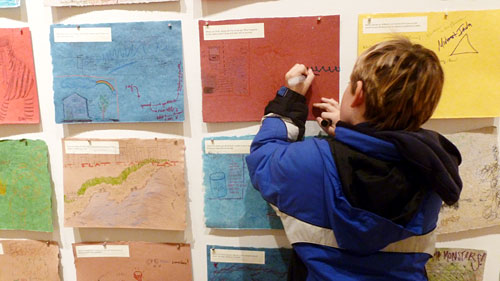
|
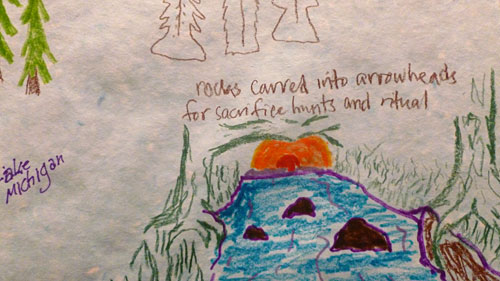
|

|
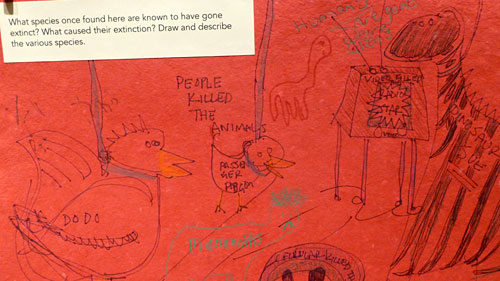
|
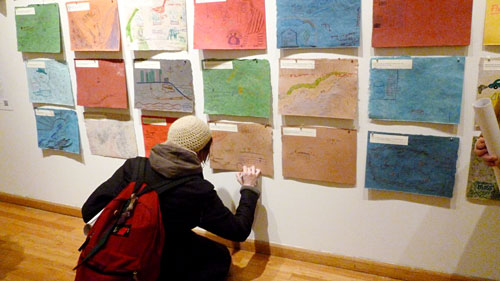 |
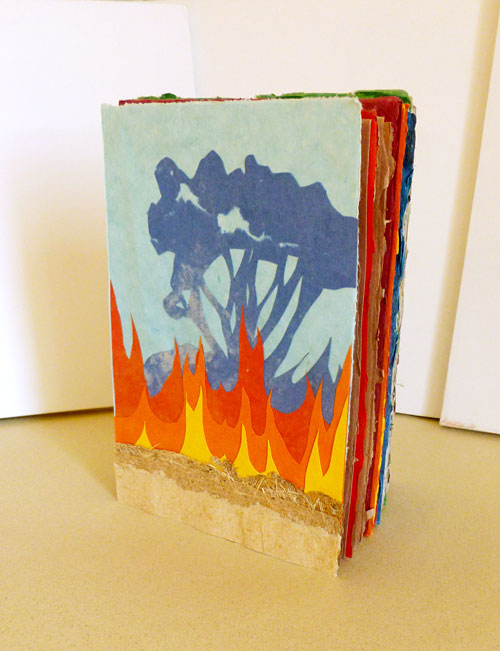

|
| |
|
|
|














